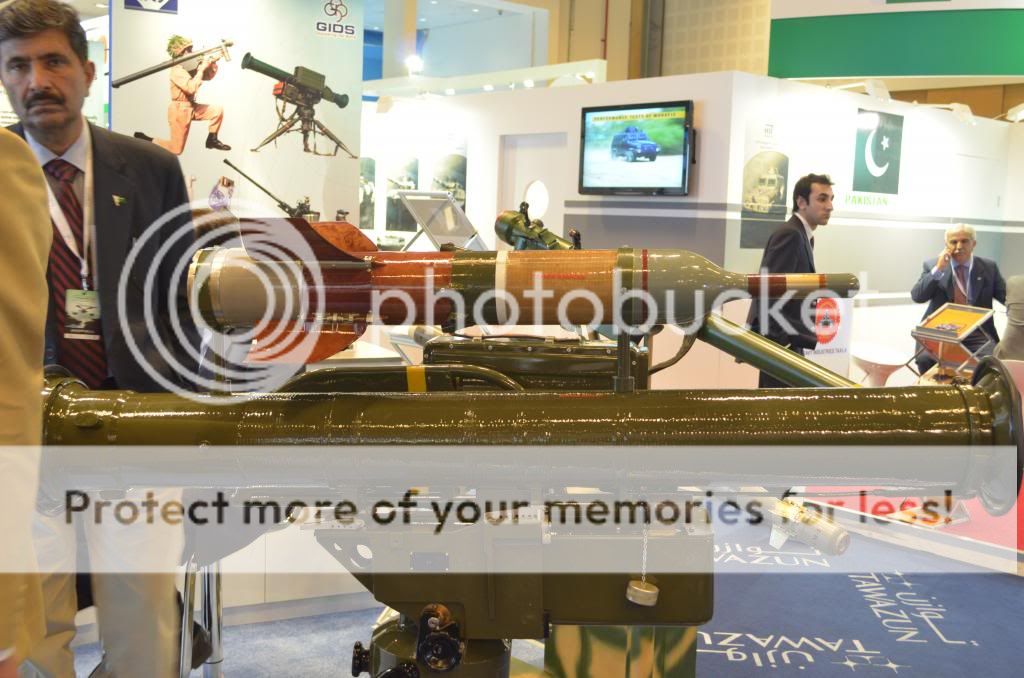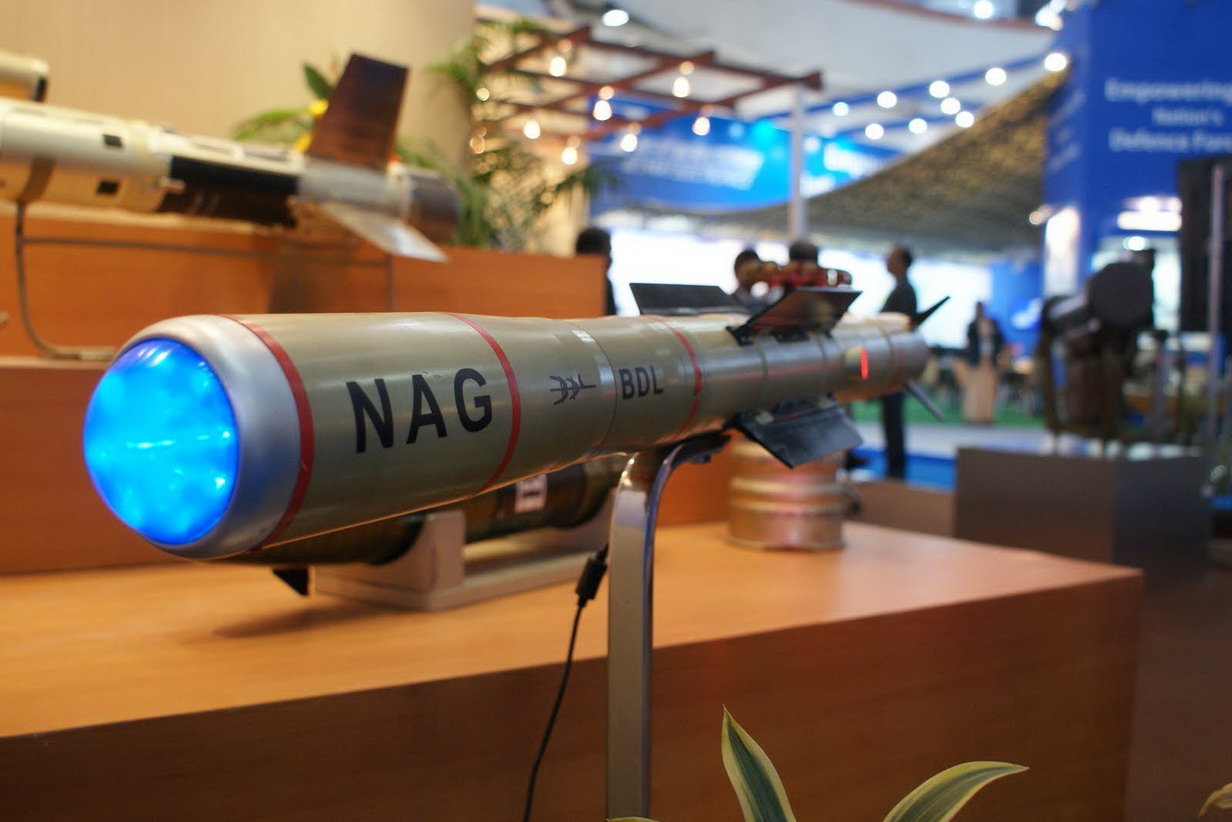Maarkhoor
ELITE MEMBER

- Joined
- Aug 24, 2015
- Messages
- 17,051
- Reaction score
- 36
- Country
- Location
AGM-114R HELLFIRE II Romeo


The AGM-114R multi-purpose HELLFIRE II, developed by Lockheed Martin, is the latest version in the family of HELLFIRE II air-to-ground missiles.
The HELLFIRE II Romeo has a length of 163cm and diameter of 17.8cm. The 49.4kg missile is equipped with semi-active laser (SAL) seeker and employs lock-on before launch (LOBL) or lock-on after launch (LOAL) to defeat a variety of targets.
The missile can be launched from helicopters, fixed-wing aircraft, ground-based tripods, vehicles and boats. The HELLFIRE II Romeo can carry a multi-purpose warhead for a maximum range of 8km.
Specifications
Weight 100–108 lb (45.4–49 kg)[1]
Length 64 in (163 cm)
Diameter 7 in (17.8 cm)
Warhead High-explosive anti-tank (HEAT); 20 lb (9 kg) tandem anti-armor
Metal augmented charge (MAC); 18 lb (8 kg) shaped charge
Blast fragmentation
Engine Solid-fuel rocket
Wingspan 13 in (33 cm)
Operational
range
546 yd – 5 mi (500 m – 8 km)
Speed Mach 1.3 (995 mph; 450 m/s; 1591 km/h)
Guidance
system
Semi-active laser homing
millimeter wave radar seeker
Launch
platform
Rotary- and fixed-wing platforms, unmanned combat air vehicles, tripods, ships, and ground vehicles
@Khafee @WAJsal @Sulman Badshah


The AGM-114R multi-purpose HELLFIRE II, developed by Lockheed Martin, is the latest version in the family of HELLFIRE II air-to-ground missiles.
The HELLFIRE II Romeo has a length of 163cm and diameter of 17.8cm. The 49.4kg missile is equipped with semi-active laser (SAL) seeker and employs lock-on before launch (LOBL) or lock-on after launch (LOAL) to defeat a variety of targets.
The missile can be launched from helicopters, fixed-wing aircraft, ground-based tripods, vehicles and boats. The HELLFIRE II Romeo can carry a multi-purpose warhead for a maximum range of 8km.
Specifications
Weight 100–108 lb (45.4–49 kg)[1]
Length 64 in (163 cm)
Diameter 7 in (17.8 cm)
Warhead High-explosive anti-tank (HEAT); 20 lb (9 kg) tandem anti-armor
Metal augmented charge (MAC); 18 lb (8 kg) shaped charge
Blast fragmentation
Engine Solid-fuel rocket
Wingspan 13 in (33 cm)
Operational
range
546 yd – 5 mi (500 m – 8 km)
Speed Mach 1.3 (995 mph; 450 m/s; 1591 km/h)
Guidance
system
Semi-active laser homing
millimeter wave radar seeker
Launch
platform
Rotary- and fixed-wing platforms, unmanned combat air vehicles, tripods, ships, and ground vehicles
Last edited:

























